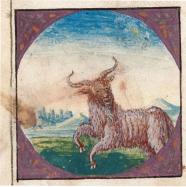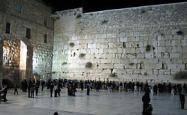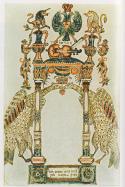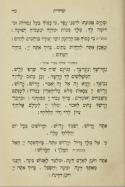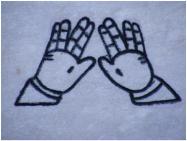(96 results found)
Had Gadya in Israeli Culture
… from France throughout the fourteenth century, among Ashkenazi Jews in Worms (if the 1406 manuscript source … such as the one comparing the kid to the Jewish people, the father who bought it to God, and the other … Israel, ending with God coming and liberating the Jewish people from its persecutors. A contemporary take on H ad …
Had Gadya
… from France throughout the fourteenth century, among Ashkenazi Jews in Worms (if the 1406 manuscript source … such as the one comparing the kid to the Jewish people, the father who bought it to God, and the other … Israel, ending with God coming and liberating the Jewish people from its persecutors. A contemporary take on H ad …
Atah Ehad
… Sound Archive. … The classification of traditional Ashkenazi melodies into clearly defined genres is a … a Hassidic niggun and a Yiddish folksong. In addition, some Ashkenazi tunes were reincarnated as Zionist songs, becoming … the Land of Israel in schools and are in the mouth of the people”). Following Idelsohn's publication of Atah E h ad , …
Arvit
… It ends with the generic formula, “who protects Israel, his people, forever,” ('Shomer amo yisrael la'ad'). In contrast, … “Barkhu et hashem hamevorakh le'olam va'ed.” According to Ashkenazi nusa h , the Arvit service begins with “Hu rahum.” … Hasidim, as well as congregations who pray according to the Ashkenazi nusa h , finish the service by chanting Aleinu …
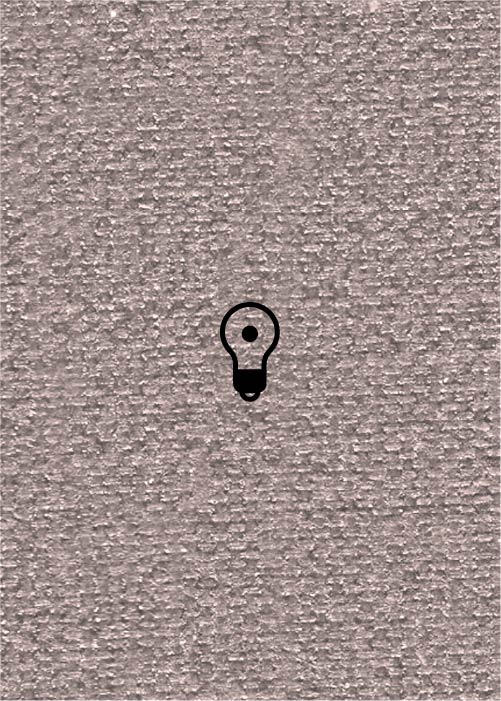
Steiger Ahava Rabah
… Hazzanim, Hazzanim – Cantors, Cantors – Hazzanim, Cantors … Ashkenazi people … 10626 … Hazzanut … Cantorate … Hazzan … Ashkenaz … Ashkenazi prayer … Ashkenazim … Ashkenazi … Eastern …
Yiddish Folksong (The Music of the Yiddish Folksong)
… main spoken language and language of oral creation of the Ashkenazi Jews of both Western and Eastern Europe, whereas … the language and the folksongs, like many other elements of Ashkenazi culture, are made up of a combination of … would not have been created. Because most of the common people think that these contain all of the Mitzvas, and they …
‘I’m Sorry, It’s Yom Kippur’: Atonement through Punk (and Traditional Jewish Music)
… assigned at birth might identify as trans. Some transgender people choose to undergo surgeries and/or hormone therapies … chosen not to modify their bodies at all. Some transgender people identify wholly with one preferred gender category … in 2011. It begins with a reverb drenched traditional Ashkenazi call for a tekia'a that is followed by the blowing …
Kedusha
… a prayers during weekdays, Sabbaths, and festivals. In the Ashkenazi and Egyptian Nussa h s it is read in the Musaf … O Lord our God, shall the heavenly angels above, with Thy people Israel assembled beneath, ascribe a crown; all shall … Thy Name in the world') introduces the Kedushot in Ashkenazi rite in both the Sha h arit and Min h ah …
Priestly Blessing- Birkat Kohanim
… the sacrifices, the priests gave daily blessings to the people. The commandment for the priests to bless the people … , he summarized the Halakhot that were customary for the Ashkenazi Jews in that period. His version would become the … All of the Jewish communities in Israel, both Sephardic and Ashkenazi, follow this tradition. In the Diaspora, it is a …
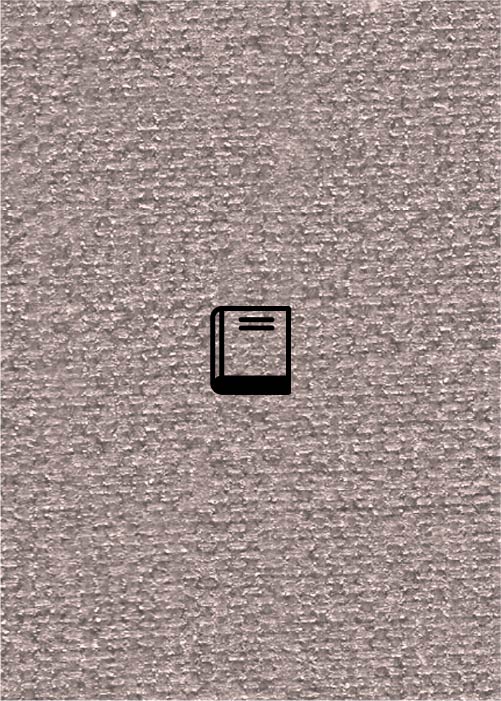
A Jumpin' Night in the Garden of Eden
… playing ' A Freylekhe Nakht in Gan Eydn .' … 9 … 34254 … … Ashkenazim … American Klezmer Music … Klezmer revival … Klezmer musicians … Klezmer … Klezmer music … Ashkenazi people … North America … A Jumpin' Night in the Garden of …

